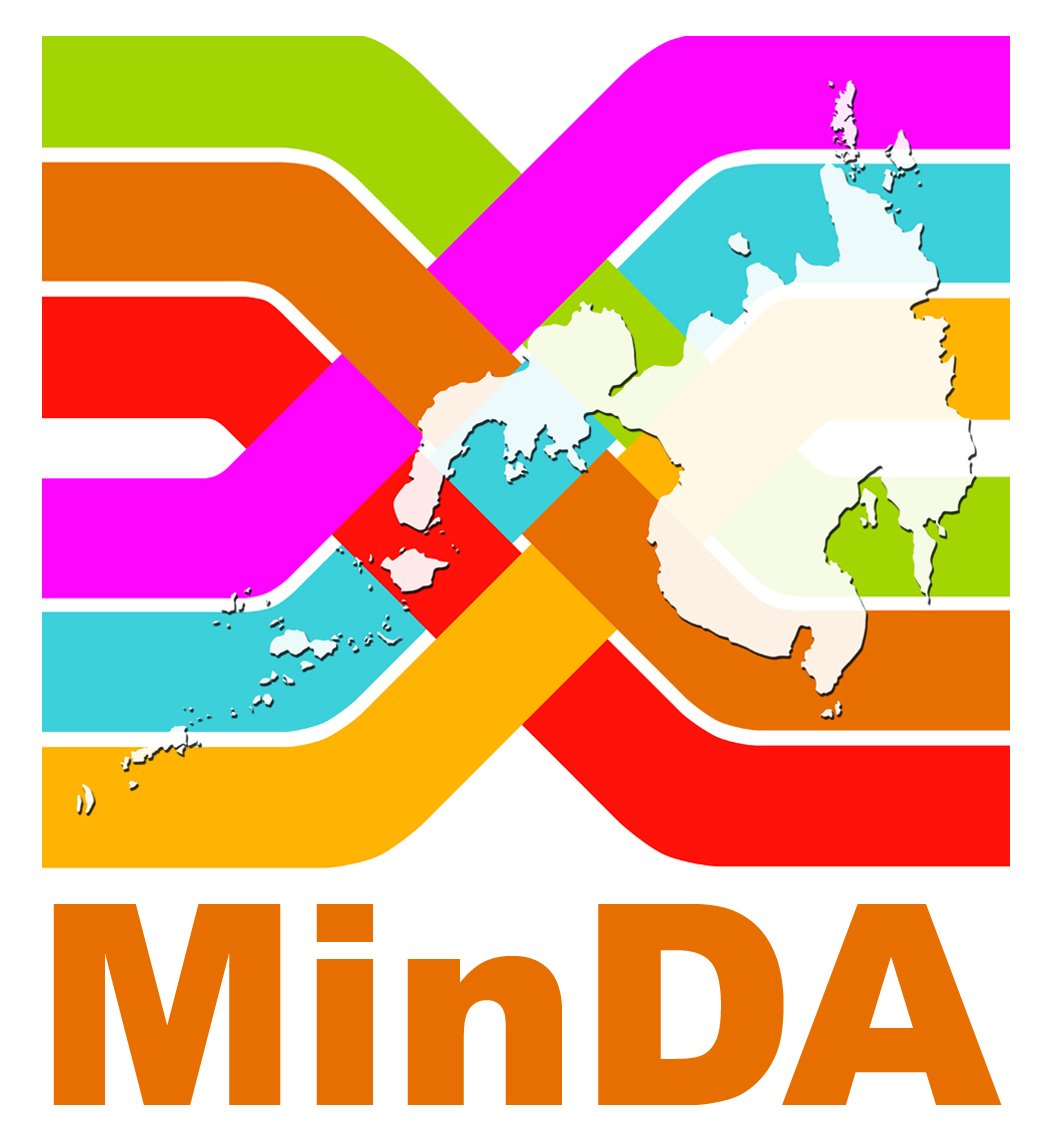How Scammers Exploit Filipinos' Trust in Social Media
Socioeconomic Issue in Spotlight

After a grueling 12-hour workday, exhausted and barely alert, Mara clicked on a Facebook post that would cost her PHP 20,000 and something far harder to regain: her trust in the digital world.
The offer looked innocent enough: a college blockmate was selling the latest iPhone for half its price. Mara messaged her, got the payment details, and transferred the money. Minutes later, the red flags started waving. There was no iPhone, no delivery, and no way to recover the money.
Mara’s story isn’t unique. In the Philippines’ rapidly expanding digital economy, scams like this are becoming painfully common.
The rise of the digital economy and its dark side
Driven by improved internet access and expanding information and communication technology (ICT) infrastructure, the Philippines has emerged as one of Southeast Asia’s (SEA) fastest-growing digital economies. According to the Google e-Conomy SEA Report, the country’s digital economy has posted 20 percent growth in recent years.
But this growth has come with a dark undercurrent. In 2024 alone, the Cybercrime Investigation and Coordinating Center (CICC) received 10,004 cybercrime complaints—triple the number in 2023. Cases include financial fraud, fake job offers, investment scams, and romance schemes. While the spike in reporting may reflect better public awareness of cybercrimes, it also signals a worsening trend.
For instance, the promise of online platform work has allowed many Filipinos to earn an income from home and stay close to their families. But with opportunity comes risk. Peña and Yao (2022) found that many Filipino freelancers have fallen victim to fake job postings and online scams.
Governance and Gaps
Despite digitalization efforts, the government’s cybersecurity response is still catching up. In the 2024 United Nations E-Government Survey, the Philippines ranked 73rd out of 193—a sign that we have a long way to go in building a safer digital environment.
And this isn’t a new concern. For instance, an earlier study by Mendoza (1999) warns the government of the need to regulate cyberspace, citing risks to public order, national security, and consumer protection. Today, those risks are a reality.
A secure digital environment benefits everyone—not just the state, but the entire society. Parcon (2017) argued that trust in digital systems encourages investment, boosts the economy, and creates more jobs. Yet the 2024 Kaspersky report ranked the Philippines the third most vulnerable to web threats in Southeast Asia, recording over 163,000 phishing attempts—more than any of our neighbors.
To strengthen the country’s cyber defenses, Mendoza (2025) has called for urgent legislation focused on protecting critical information infrastructure. This move includes revisiting the Cybercrime Prevention Act (RA 10175) to clarify vague definitions and address emerging threats like deepfakes, AI-powered attacks, and cryptocurrency crimes, among others.
Moreover, cyber hygiene also matters. Users and organizations must adopt basic cybersecurity practices using strong passwords, two-factor authentication, licensed software, and restricted user access, to name a few.
Beyond legislation, public education is key. Cybersecurity modules should also be included in digital literacy programs, starting as early as preschool. Drawing from Finland’s model, the program should teach not only how to identify common digital threats like phishing and deepfakes, but also promote critical thinking skills, digital responsibility, and media awareness.
At the same time, the government’s response must be unified. Multiple agencies—Department of Information and Communications Technology, Department of Justice, Philippine National Police, Armed Forces of the Philippines, among others—often operate in silos. Harmonizing their efforts, investing in cybersecurity professionals, and creating a national cyber strategy can strengthen the country’s defenses.
The role (and responsibility) of platforms
As more Filipinos embrace online banking, shopping, and social media marketplaces, a 2022 study by Central Philippine University revealed that scammers have found fertile ground on platforms like Facebook, now the most common channel for digital fraud.
The same findings align with the 2024 State of Scams in the Philippines Report, which found that 67 percent of Filipino victims chose not to report these crimes, often due to fear or shame, or the belief that nothing would happen. The consequences are not just financial—victims suffer emotional distress and lose trust in digital systems meant to empower them.
Therefore, social platforms must go beyond community guidelines and adopt proactive safeguards: stronger identity verification, quicker take-down of fraudulent accounts, and transparent mechanisms for handling scam reports.
Our laws must also evolve. Current regulations are no longer equipped for today’s hyperconnected scams and decentralized fraud networks. Financial institutions, too, must strengthen, adopting tighter security protocols to prevent unauthorized transactions before they happen.
The country’s top policy think tank, the Philippine Institute for Development Studies, emphasized in its 2023-2024 Economic Policy Monitor the urgent need to strengthen cybersecurity and data privacy frameworks. This isn’t just a tech issue—it’s an economic imperative.
For more insights and studies on cybersecurity and digital governance, visit the Socioeconomic Research Portal for the Philippines (SERP-P). Our growing collection of nearly 10,000 open-access publications is available anytime, anywhere.


